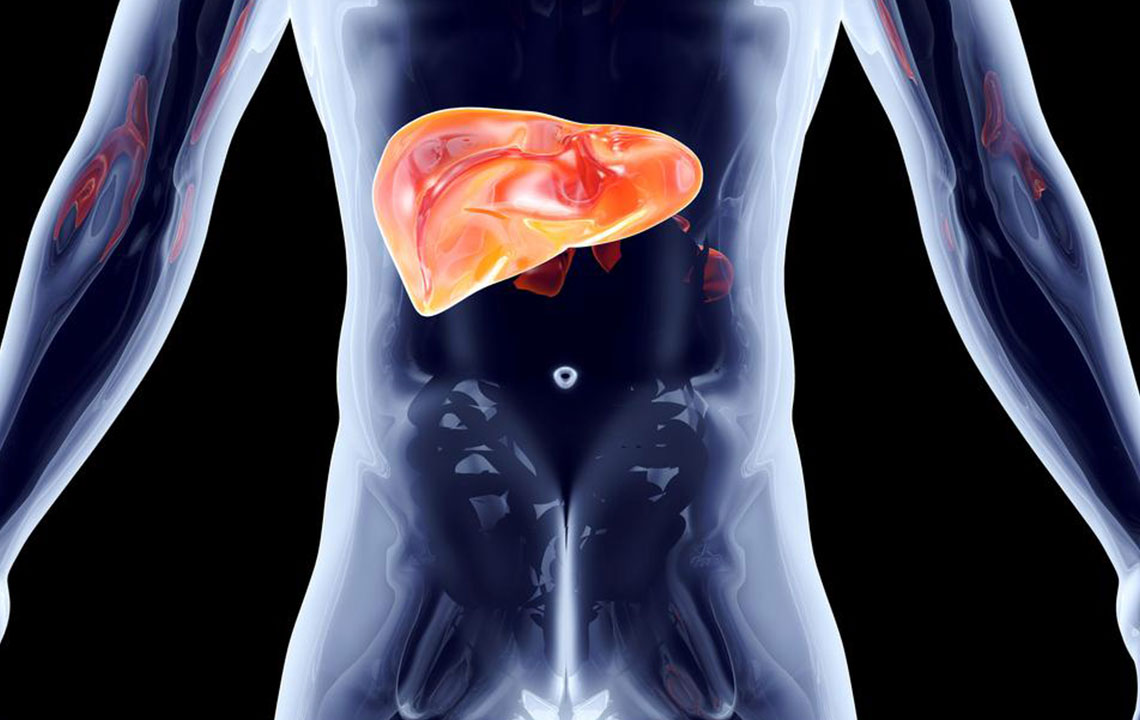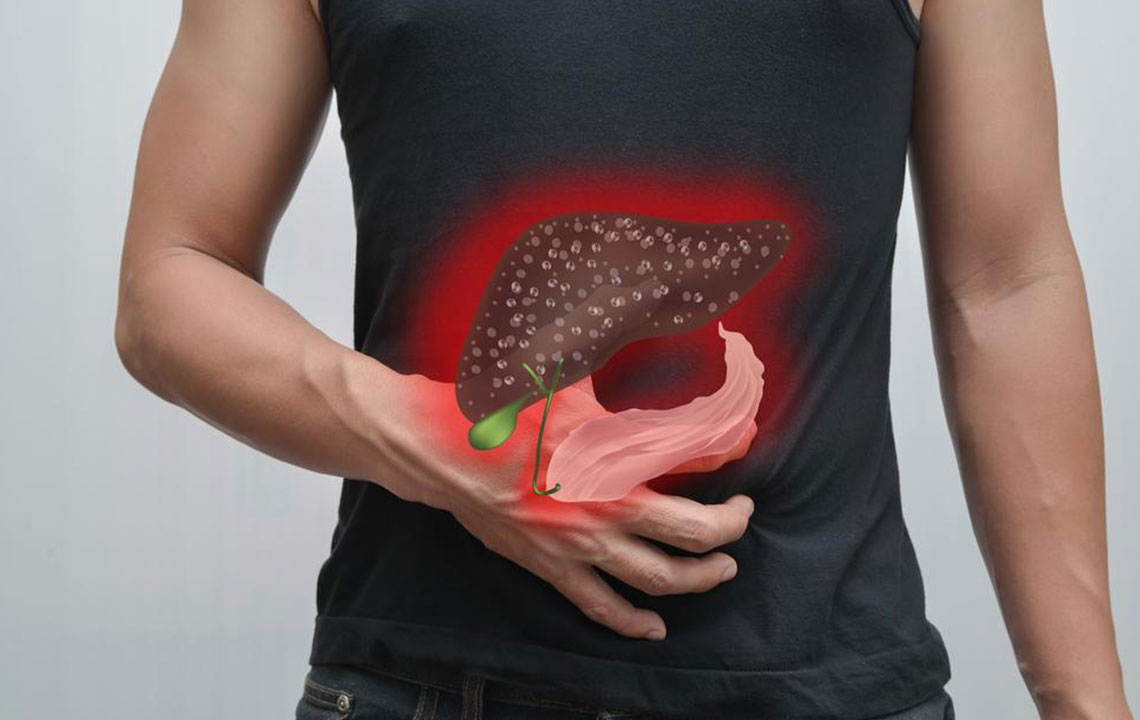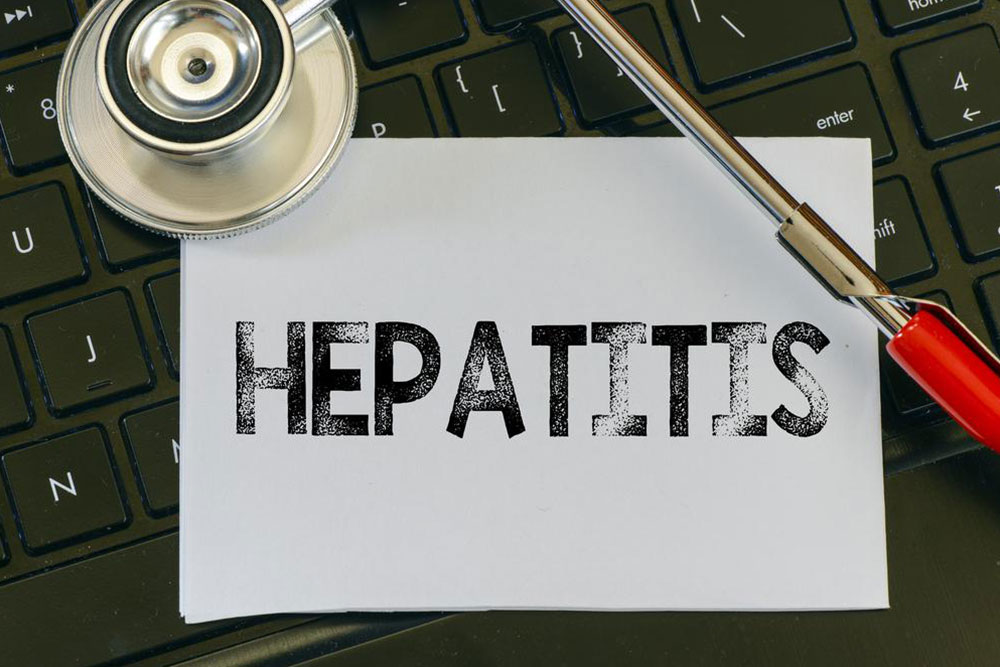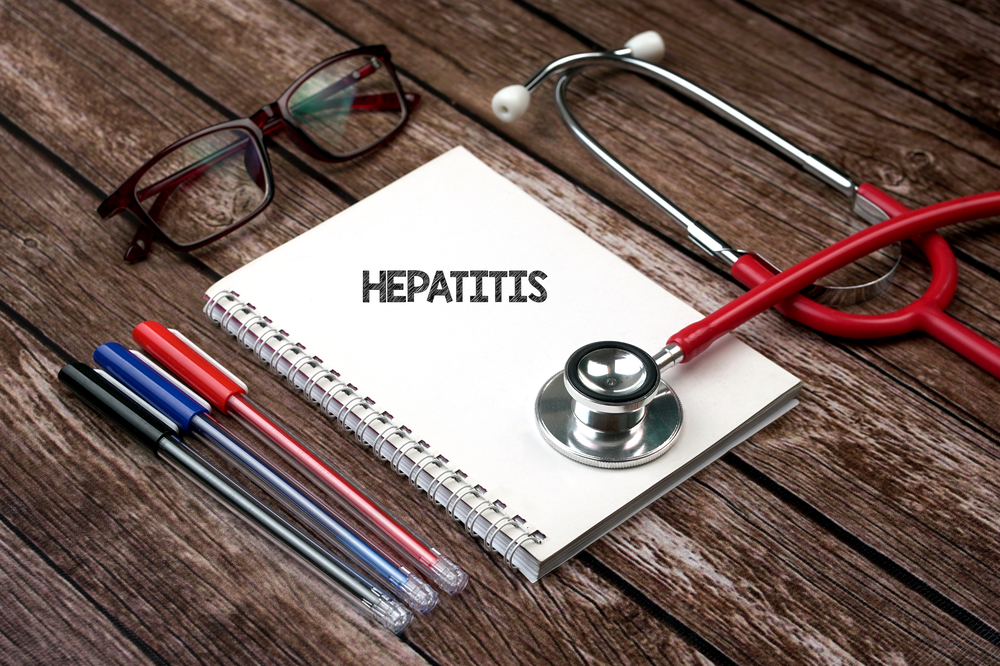Understanding Advanced Liver Damage in Hepatitis C Stage 4
Stage 4 Hepatitis C signifies advanced liver scarring and functional decline, leading to cirrhosis and elevated cancer risk. Recognizing symptoms early and seeking medical care is crucial for managing the disease and preventing severe complications.

Understanding Advanced Liver Damage in Hepatitis C Stage 4
Hepatitis C is a viral infection that progressively harms the liver, causing scarring and fibrosis over time. The disease unfolds in four stages, beginning with mild inflammation and advancing to severe liver deterioration or cirrhosis. When it reaches stage four, the liver's ability to function is critically compromised due to extensive damage.
The body’s immune response releases inflammatory chemicals that stimulate collagen production, leading to scar tissue formation. Rapid collagen accumulation results in fibrosis, which hampers blood flow and damages liver cells, potentially causing liver failure.
This scarring process, known as fibrosis, obstructs blood circulation within the liver and kills liver cells, advancing to cirrhosis. This stage signifies severe liver damage, with increased risks of liver cancer. Early stages show minimal symptoms, but stage 4 presents noticeable issues, including:
Easy bruising and bleeding
Confusion
Itching
Fatigue
Swelling in legs and abdomen
Nausea
Loss of appetite
Jaundice
Weight loss
HCV spreads through sharing contaminated needles, unprotected sex, or from mother to child. If you notice symptoms of liver damage, seek medical advice promptly.










